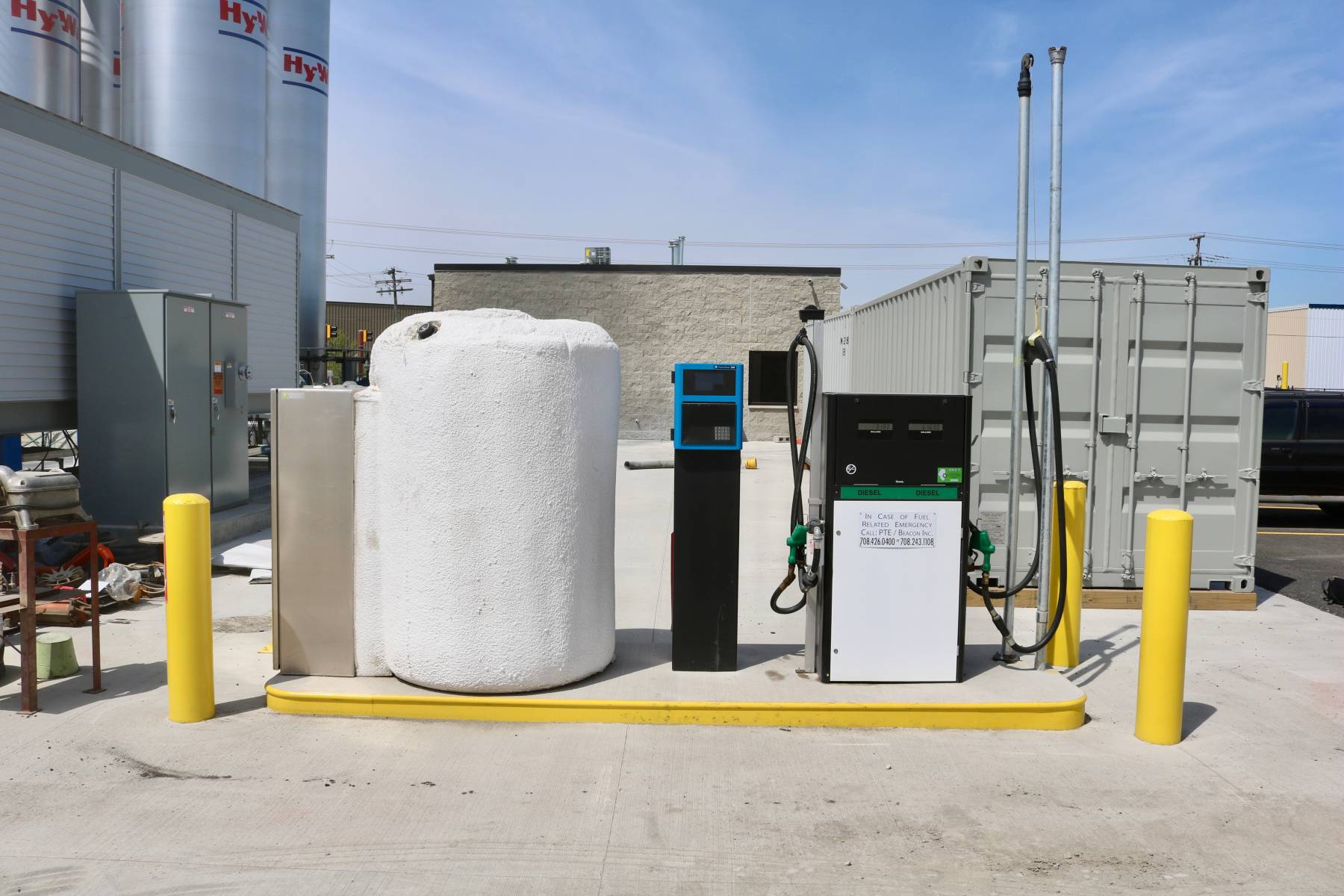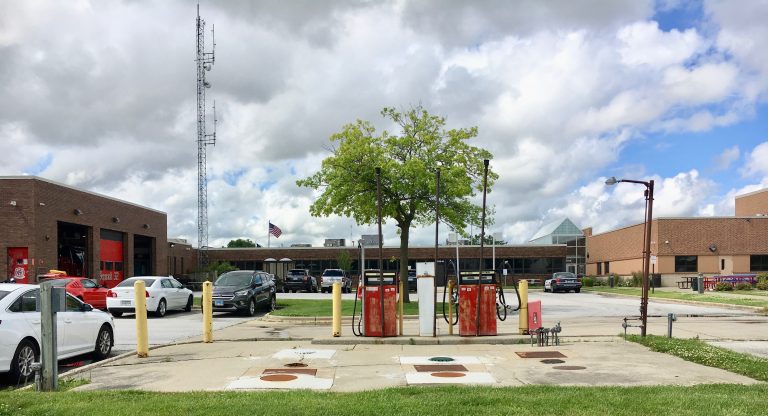Fuel Monitoring Chicago
From 2011 through 2017, technology firms in the construction space earned roughly $10 billion in investment funding, and growth isn’t expected to slow down any time soon. As more construction technology players emerge, the industry is in a true state of digital transformation.
Construction companies are evolving quickly, and taking a digital-first approach to collaboration, back office integration and onsite execution.
Behind much of this change is the real-time data retrieval made possible by telematics.
With the ability to bring increased productivity, efficiencies and cost savings to the construction industry, demand for telematics technology is on the rise. By 2022, the smart fleet management market is expected to reach $462 billion. Despite the positive innovations telematics brings to the construction space, some companies are hesitant to adopt due to investment concerns and longer decision-making cycles.
However, the benefits of telematics far outweighs the costs. From improved operation of construction equipment to the ability to run connected jobsite, the possibilities of telematics are virtually endless. Here’s a look at how the technology continues to push the industry forward and how to keep pace with the evolution.
Getting Productive
With the power of monitoring sensors, telematics gives construction companies the ability to easily track, log and report all equipment data. Real-time access to this data allows companies to make smarter decisions about the performance of their equipment before its too late.
Predictive maintenance devices and tools not only help save companies money, but they also help prevent long downtimes due to unexpected maintenance issues. By knowing the exact moment when piece of equipment will need to be repaired, companies can improve their scheduling and inventory availability.
Keeping an Eye on Performance
It’s difficult for construction companies to understand how to use equipment more efficiently when they have no insights into the use of assets. Telematics ensures that a lack of visibility is no longer a concern.
With telematics data, companies know when operators misuse machines, or are not using them enough. Managers can instantly see evidence of prolonged idling, erratic movements, machine overloading and speeding. With this data readily available, companies can do a better job correcting operator behaviors and ensuring the efficiency of equipment remains high.
Fighting back Against Theft
Construction equipment and machinery is a significant investment, so keeping it safe is a top priority. Telematics uses geofencing and GPS technology to ensure assets don’t leave the job site without alerting a manager. Alerts also can be set up to notify managers when equipment is being used outside of normal work hours.
The tracking features ensure faster recovery of stolen equipment with the ability to easily locate assets. With some telematics systems, managers can remotely shut down equipment if an unauthorized user gains access to the machine.
The Fuel Money-Saver
One of the most significant cost savings that telematics systems deliver is the reduction of fuel consumption. Equipment managers can easily identify which machines are idling and even pinpoint the operator responsible. Armed with this level of insight, companies can implement robust best practices to improve fuel efficiency and cut back on idling times.
Telematics tool and devices may be a costly investment upfront, but given the fuel savings, energy efficiency and predictive maintenance capabilities, the technology will pay for itself.
For more information on how to control your fuel costs and Fuel Monitoring Chicago contact Petroleum Technologies Equipment.
This article was re-written from Wally Stegall’s article posted on the Construction Executive Magazine July/August 2018 Publication.





